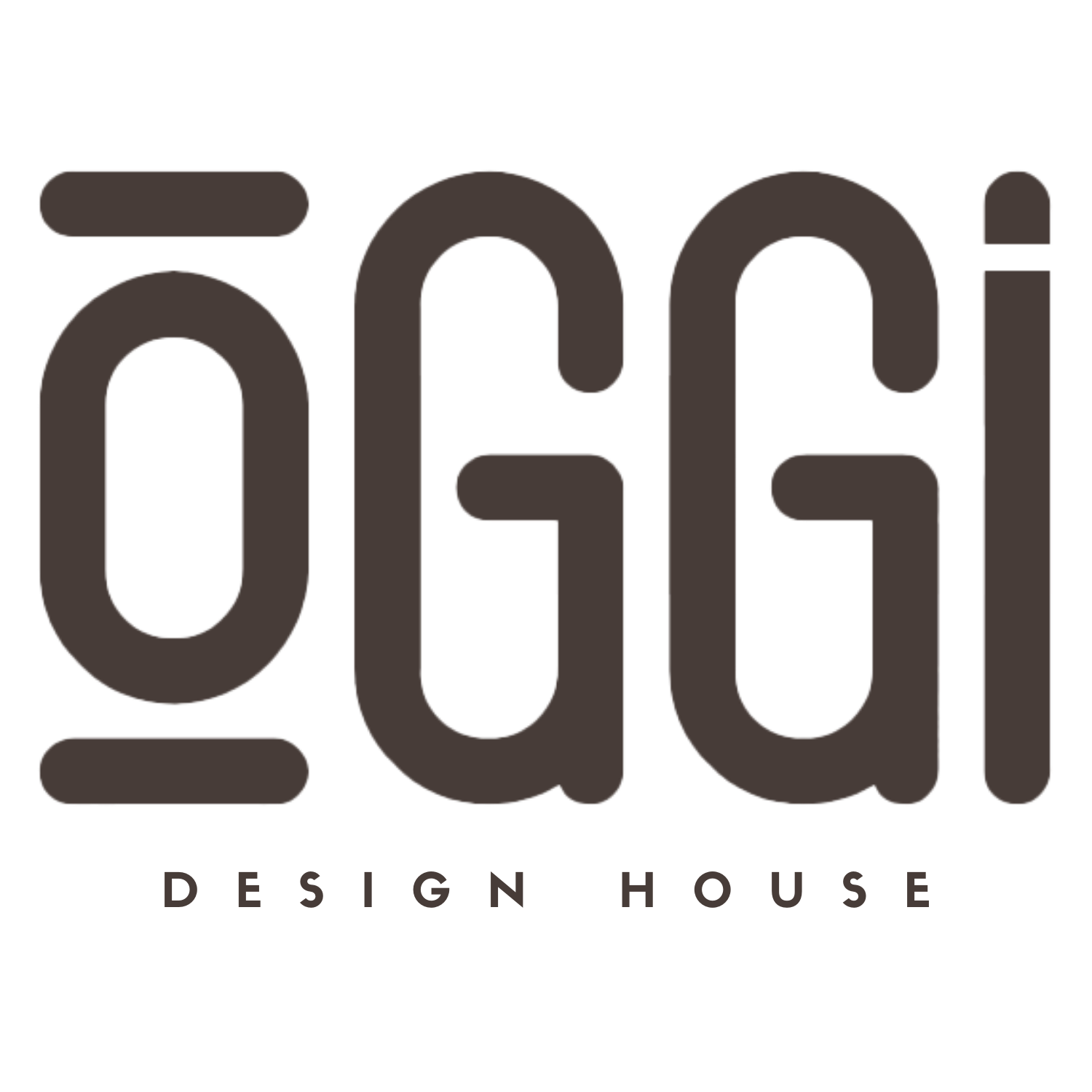Embracing Nature: The Beauty of Organic Modern Interior Design
In today's fast-paced world, the desire for tranquility, balance, and a connection to nature has become more prevalent in interior design. One design style that perfectly captures this essence is organic modern interior design. Combining the warmth and textures of natural materials with the sleekness and simplicity of modern design, organic modern interiors create spaces that feel inviting, harmonious, and inspired by the beauty of the natural world.
Embracing Nature's Palette
Organic modern interior design often starts with a harmonious color palette inspired by nature's hues. Earthy tones such as warm browns, soft greys, and muted greens lay the foundation for a tranquil and grounded atmosphere. These colors serve as a backdrop for the organic elements that will be introduced into the space.
Natural Materials and Textures
At the core of organic modern design is the use of natural materials and textures. Wood is a primary element that finds its way into flooring, furniture, and even accent walls. Exposed beams and raw, unpolished surfaces celebrate the innate beauty of the materials, reflecting the passage of time and evoking a sense of authenticity.
Stone and concrete are also utilized to create a sense of solidity and add visual interest. Integrating these materials thoughtfully, designers can achieve a delicate balance between modernity and nature's charm.
Furniture and Furnishings
The furniture in organic modern interiors is characterized by clean lines, simplicity, and a focus on comfort. Pieces often have a sculptural quality, showcasing the natural beauty of the materials. From cozy, plush sofas to artisanal wooden tables, each piece adds depth and character to the space.
Textiles play a significant role in softening the design and providing an extra layer of comfort. From organic cotton and linen to handwoven wool, these fabrics add warmth and tactile appeal. Rugs made from natural fibers like jute or sisal complement the overall design, tying the space together.
Bringing the Outdoors In
Incorporating indoor plants is a key aspect of organic modern interior design. Lush greenery adds life and vitality to the space while improving air quality. Large potted plants or small groupings of succulents create focal points and enhance the overall ambiance.
Floor-to-ceiling windows and strategically placed skylights invite natural light to flood the interior, creating a seamless transition between indoors and outdoors. This connection with nature promotes a sense of serenity and encourages a mindful, grounded lifestyle.
Subtle Accents and Art
In an organic modern interior, less is often more. The design avoids excessive ornamentation, preferring subtle accents that contribute to the overall atmosphere. Decorative elements such as handcrafted ceramics, woven baskets, and artisanal pottery add a touch of individuality and showcase the human touch in a world dominated by technology.
Art plays an essential role in personalizing the space. Nature-inspired artwork, botanical prints, or landscape paintings further enhance the connection to the outdoors. Simple and impactful, these art pieces contribute to the overall narrative of organic modern design.
In Conclusion, organic modern design presents a refreshing approach to creating harmonious and inviting spaces that embrace the beauty of nature. The combination of natural materials, warm colors, and clean lines results in a design style that is timeless, soothing, and effortlessly elegant. Whether you are redesigning your entire home or just looking to introduce a touch of nature into your space, organic modern design offers a pathway to creating a sanctuary of peace and tranquility within the modern world.
